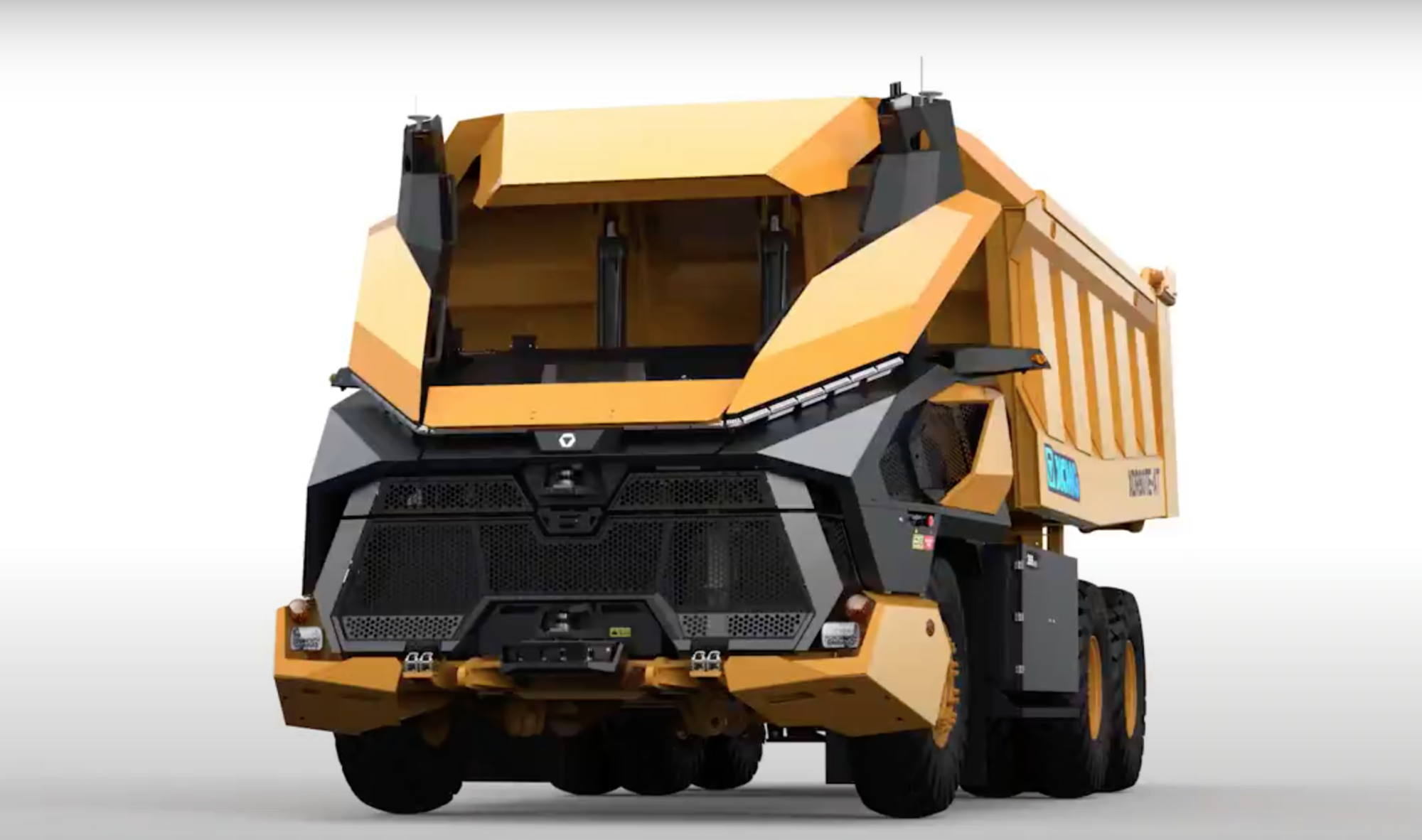China’s XCMG has increased its influence in mining outside of its domestic market in recent years – including a landmark 2021 agreement with Vale that has already seen its battery electric wide body truck, the 72 t XDR80TE being trialled at Vale’s Agua Limpa iron ore mines in Minas Gerais, Brazil and Sorowako nickel operations in Indonesia.
It has also exported large mining fleets, including larger class trucks and shovels to EcuaCorriente’s Mirador copper mine in Ecuador and customers in Mongolia as well as hundreds of smaller class wide body trucks to multiple customers in Brazil, Indonesia and elsewhere. It also has a good relationship with Rio Tinto and has shipped a number of graders to its Pilbara iron ore mines.
Finally, it has significant autonomy experience, working with the top Chinese autonomous fleet technology partners like WAYTOUS at Wushan Copper and Molybdenum and TAGE Driver at Shengli No.1 mine. And it was one of the first to deploy a remote control excavator – a 93 t class Intelligent Hydraulic Excavator XE950DA using BuilderX technology at Jiangxi Copper.
XCMG says it is now taking this truck platform to another level with a new cabless, autonomous and battery electric concept truck it is calling the XDR80TE-AT. It describes the new truck as a “truly practical autonomous truck” which is “intelligent, safe, efficient and green.”
It says it supports two modes of operation – remote control, where information collected by visual, noise and other sensors is relayed to a remote operator station, creating an immersive driver experience. Switching to autonomous mode sees AI completely take over the vehicle.
The truck is also all electric equipped with a 500 kW/h battery. In addition to fixed fast charging, XCMG says battery swapping can be conducted at a dedicated power station, with swapping carried out in six minutes or less.
XCMG says the mine production plan dictates the truck’s destination and it performs its autonomous route planning automatically. Multiple high precision sensors including LiDAR continually scan the truck’s surroundings and simultaneously draw a virtual topographic map and to realise the real time update of the overall virtual mine map, all the data is aggregated in a central database. When an obstacle is encountered, the on-board AI will conduct a safety assessment and avoid it or switch routes automatically. The truck is equipped with several modes of comms connectivity, with the best one selected based on the situation, ensuring the truck is always connected to the mine network.
After reaching the navigation target, the loading tool, which could be manned or unmanned, establishes a direct connection with the truck and enters a collaborative mode. According to the loading tool instructions, the truck automatically generates a parking path. After loading the truck returns to the mine production plan navigation. Management of the mining trucks is via the control centre with staff able to access complete mine operational details via the system software. Summary screens display work progress and help monitors allocate equipment resources as needed.
While all this may seem very ambitious, many of the individual elements have been achieved in mining already, it is a question of bringing it all together in a production environment with everything that entails. XCMG certainly has the financial resources to make it happen – whether it can succeed with this new concept in a real mine and in a real mining fleet remains to be seen.











